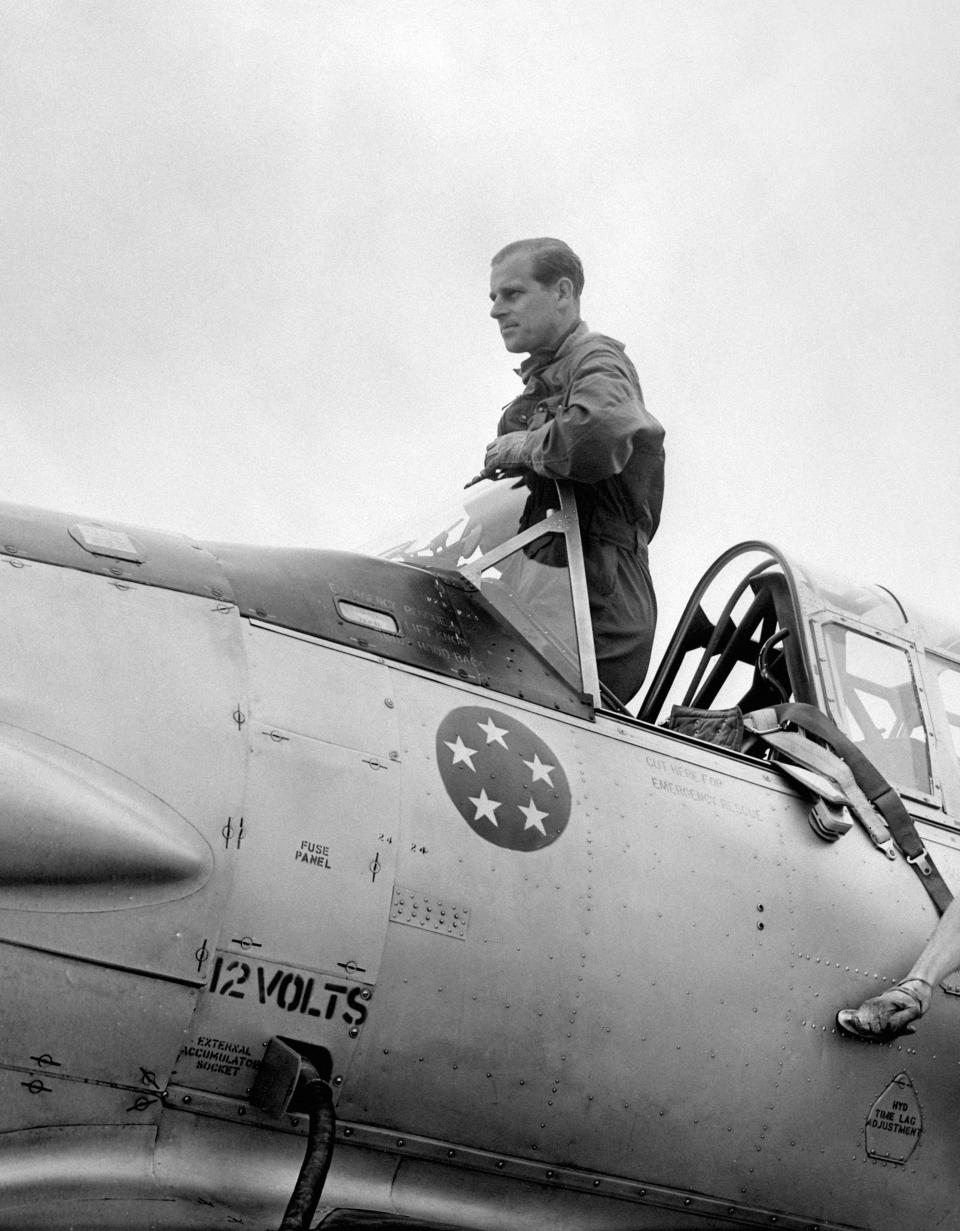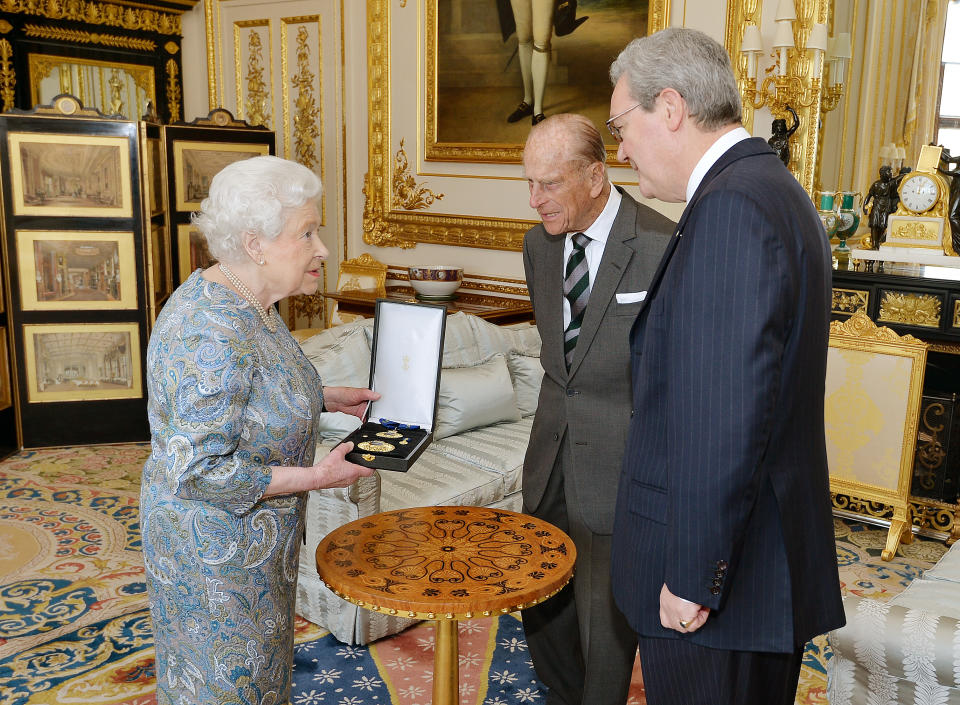Prince Philip's most surprising achievements
As the royal family and the world mourns the death of Prince Philip, the Duke of Edinburgh, aged 99, we look back at some of his biggest achievements.
He was a highly regarded naval commander
After Philip left school in 1939, he joined the Navy as a “special entry” cadet and was awarded Best Cadet prize. In 1941 he was appointed to battleship HMS Valiant in the Mediterranean Fleet, where he took fought against the Italian Navy. He was given special mention for his operation of searchlights during the action by his Commander-in-Chief.

He was promoted to sub-lieutenant and then became a lieutenant at 21. At the end of World War II, he served in the Pacific and was present in Tokyo Bay for the Japanese surrender in 1945. He was promoted to Commander in 1952, before leaving the navy the same year, after the Queen took the throne.
In the same year, he was also appointed Admiral of the Sea Cadet Corps, Colonel-in-Chief of the Army Cadet Force and Air Commodore-in-Chief of the Air Training Corps. When he turned 90, the Queen made him Lord High Admiral — head of the Royal Navy — by title only.
He could fly a plane and helicopter
Prince Philip learned to fly with the RAF in 1952. He got his helicopter wings with the navy in 1956 and his Private Pilot’s Licence in 1959. He was the first member of the Royal Family to fly in and out of Buckingham Palace Garden in a helicopter. He accumulated 5986 hours as a pilot in 59 types of aircraft in 44 years, before he gave up flying in 1997.

He set up and led the Duke of Edinburgh’s Award scheme
In the 1950s Prince Philip set up The Duke of Edinburgh’s Award scheme, which recognises young people for completing self-improvement exercises such as volunteering, expeditions, and developing personal interests. The scheme still operates all over the world, and it’s believed around eight million young people have taken part, across 132 countries.
He has championed worldwide conservation
In 1960, Prince Philip initiated the ‘Countryside in 1970’ conferences, which resulted in him becoming the first President of the World Wildlife Fund in 1961. He held the role until 1982 in when he became President Emeritus. He visited WWF projects in over 40 countries on five continents.
In the 1960s he also became concerned about the air quality in London and bought an electric car with chloride batteries. When these stopped being made, he bought a London Metrocab Taxi, which was painted green and fuelled by LPG so he could get around town without causing any pollution.
He was the longest-serving royal consort ever
As the Queen’s royal consort, Prince Philip completed 22,219 solo engagements between 1952 and when he retired from public duty in 2017. During that time he gave 5496 speeches and was a member, president or patron of 785 organisations. He accompanied the Queen on all of her 251 official overseas visits, and also undertook 223 solo visits to 67 Commonwealth countries, and 385 visits to 74 other countries. He is also the oldest ever male royal in British history.

He was a Knight of the Order of Australia
In 2015, Prime Minister Tony Abbott awarded Prince Philip Australia’s highest honour, a Knight for the Order of Australia, for his life of service during the Queen’s reign.
He was an excellent polo player
In the 1950s Prince Philip was in the top 10 polo players in Britain. He also went on to represent Britain in carriage driving in three European championships and six world championships, where his team won the gold medal in 1980. He was credited with being the driving force in developing the sport and competed until he was 86.
He has written 14 books
During his time as the Queen’s consort, Prince Philip authored several books. Titles include Competition Carriage Driving, which is a book on the sport that includes dressage and a cross-country marathon obstacle course, and Men, Machines and Sacred Cows, which is a collection of essays, lectures and speeches by Prince Philip that concentrate on science, technology and design.
He has championed science and technology
Prince Philip became patron of the Industrial Society in 1952. In 1976 he started the Fellowship of Engineering which promotes excellence and education through engineering.

He is still worshipped as a God
Tanna, one of the islands in Vanuatu, worship Prince Philip as a god after he visited the country in 1971. Tribal legends on the island prophesied that a descendant of their spirit ancestors would be married to a powerful woman, and decided that Prince Philip must be their god. He apparently sent them a signed photo of himself, and they sent him back a traditional pig-killing club.
He was the first member of the royal family to be interviewed on television
In 1961, Prince Philip appeared on British current affairs show Panorama to talk about his involvement with Commonwealth Technical Training Week and to publicise apprenticeships for young adults. It’s believed to have been the first step to showing the Royal Family that there could be benefits in talking to the media.
Never miss a thing. Sign up to Yahoo Lifestyle’s daily newsletter.
Or if you have a story idea, email us at lifestyle.tips@verizonmedia.com.

 Yahoo Lifestyle
Yahoo Lifestyle 


